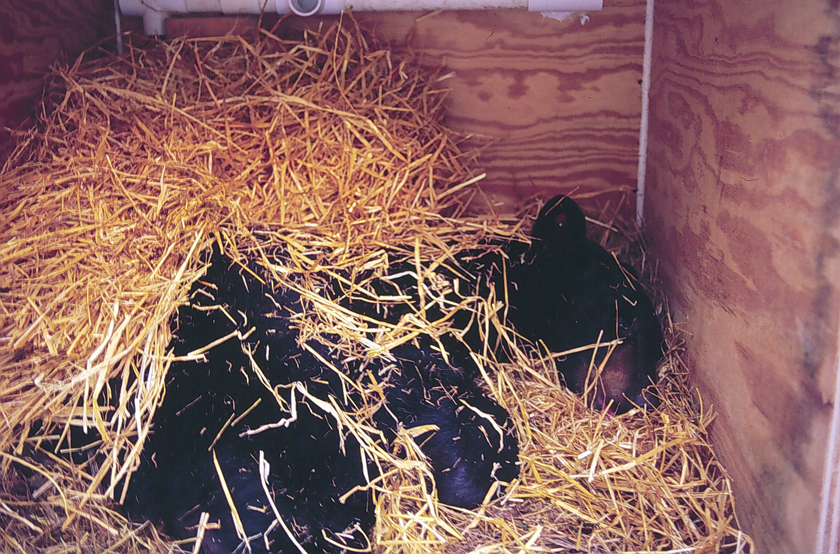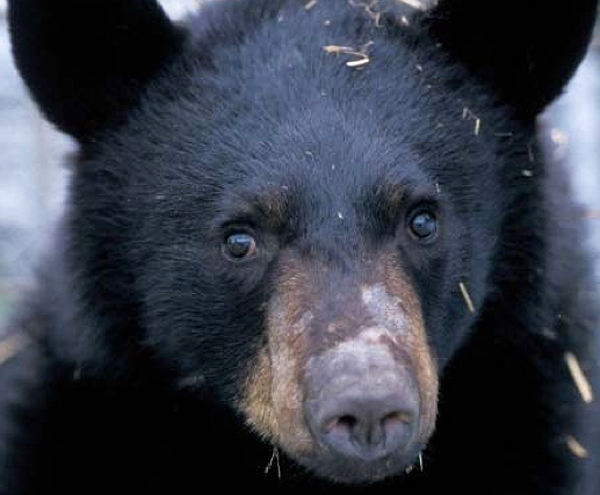Hibernating Animals May Hold Secrets For Fighting Alzheimer’s
The brain connections of hibernating mammals are hurt as they go to sleep, but repaired as they wake. And the protein responsible could help people.
By Vicki Croke
A hibernating dormouse: Hibernating mammals “destroy brain connections as they enter hibernation, and repair them as they wake up.†Photo: Hattie Spray
Hibernating animals may look like they’re doing nothing, but scientists have long believed they are pulling off medical miracles. Their chemical tricks in recycling waste and in bone-building during this time are intriguing enough, but now researchers at the University of Leicester believe these creatures may also hold a secret that could help Alzheimer’s patients.
According to the BBC, these mammals “destroy brain connections as they enter hibernation, and repair them as they wake up.â€
A UK team discovered “cold-shock chemicals” that trigger the process. They used these to prevent brain cells dying in animals, and say that restoring lost memories may eventually be possible.
Experts have described the findings as “promising” and “exciting”.
It all has to do something called RBM3—a protein found not just in the brains of those hibernating animals, but in those of us humans as well. And while it works exquisitely in its repair work on animals waking from hibernation, it fails to function in the brains of people with Alzheimer’s.
A young male American black bear sleeping in an artificial den. Part of hibernation research conducted by the Institute of Arctic Biology at the University of Alaska Fairbanks. Photo: Øivind Tøien
According to The Telegraph:
When animals hibernate the number of brain cell links – known as synapses – decreases, allowing them to enter a state of torpor.
Scientists have found that the protein RBM3 helps synapses to rebuild once the animal wakes, restoring normal brain activity.
Humans also have the protein, but it appears not to function in people with Alzheimer’s disease. The researchers are hopeful that a drug which mimics or increases its effect could help restore lost brain functions for people with dementia.
Scientists find parallels between the destruction going on in the brains of animals as they hibernate and that of humans with Alzheimer’s.
According to The BBC:
In the early stages of Alzheimer’s, and other neurodegenerative disorders, synapses are lost. This inevitably progresses to whole brain cells dying.
But during hibernation, 20-30% of the connections in the brain – synapses – are culled as the body preserves precious resources over winter.
And remarkably those connections are reformed in the spring, with no loss of memory.
So, in experiments, which were reported in the journal Nature, researchers took non-hibernating mice and cooled their body temperatures down.
A young male American black bear after emergence from hibernation. The bear was part of the hibernation research conducted by Øivind Tøien, research scientist with the Institute of Arctic Biology at the University of Alaska Fairbanks. Photo: Øivind Tøien
According to The Telegraph:
A state of hypothermia is known to protect the brain. People have survived for hours after a cardiac arrest without brain damage after falling into icy water…
In the study researchers reduced the body temperature of mice with Alzheimer’s disease and a healthy control group to 16-18ºC – similar to the temperature of a hibernating small mammal – for 45 minutes.
The result?
Astonishing, according to the BBC:
The study, published in the journal Nature, found levels of a “cold-shock” chemical called RBM3 soared when young mice were chilled, but not in old mice.Â
It suggested RBM3 was key to the formation of new connections.Â
In a further set of tests, the team showed the brain cell deaths from prion disease and Alzheimer’s could be prevented by artificially boosting RBM3 levels.
And there’s more.
Bears are not deep hibernators, in fact, for years scientists had stopped using the term for them, saying instead that they were “denning.†That’s because their body temperature, breathing rate, and metabolism don’t drop as low as that of hibernating rodents, such as the Arctic ground squirrel, for example.
[youtube=http://youtu.be/JAUf1Gj4Pws]
The sounds of a medical miracle: a denning black bear snoring. Video by Øivind Tøien/Institute of Arctic Biology/University of Alaska Fairbanks.
Still, no matter how you define it, scientists continue to study denning black bears because they don’t eat, drink, urinate or defecate during their time in the den, yet are able to recycle to waste—dangerous nitrogen—back into protein.
I wrote about this research at the Carle Foundation in Illinois for the Boston Globe back in 1991:
Researchers believe that bears possess blood factors that can do two remarkable things: transform harmful body waste products back into usable protein for building tissue, and continue to build bone even when immobile for months at a time.
If scientists can learn the bears’ biochemical secrets, they might be able to use them to remove the toxic buildups that often endanger severe burn victims and force kidney failure patients to resort to dialysis. The knowledge might also lead to new strategies to combat bone loss, which afflicts many elderly people, especially postmenopausal women, as well as astronauts in the weightlessness of space.
Studies have continued since then. According to The Guardian, research, like that at the University of Alaska, continues to puzzle out this mysterious and amazing process and how our understanding of it may help humans:
Brian Barnes, also of the University of Alaska and another author of the study, noted that when black bears emerge from hibernation in spring, they have not suffered the losses in muscle and bone mass and function that would be expected to occur in humans over such a long period of immobility and disuse.
“If we could discover the genetic and molecular basis for this protection, and for the mechanisms that underlie the reduction in metabolic demand, there is the possibility that we could derive new therapies and medicines to use on humans to prevent osteoporosis, and disuse atrophy of muscle,” he said, “or even to place injured people in a type of suspended or reduced animation until they can be delivered to advanced medical care – extending the golden hour [when medical intervention is most effective] to a golden day or a golden week.”



